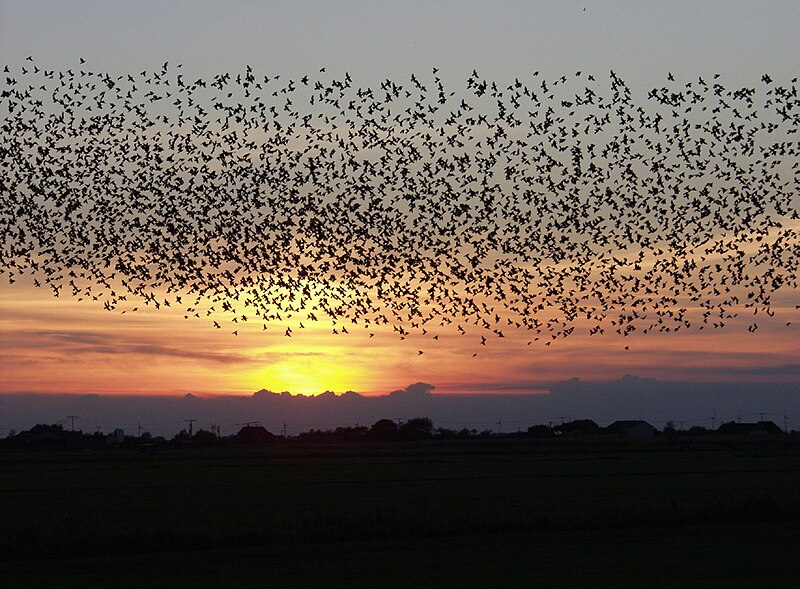Please see Part 1 of this article for information on the natural history and care other South American Cardinals. Today we’ll take a closer look at a species that is much sought-after by experienced aviculturists, the Green or Yellow Cardinal, Gubernatrix cristata. Read More »
Socialization – a Vital First Step When Training Your Parrot – Part 1
Budgerigars, Lovebirds, Amazons, Macaws Cockatoos and other parrots are so intelligent that it is tempting to train them to speak and perform tricks right away. However, socialization must come first, as un-socialized birds are virtually impossible to work with.
Socialization is the process of introducing the parrot to the world around it, so that the bird will accept its surroundings and react positively to the people and things that come in to its life. Socialized birds also accept reasonable changes in their environment without experiencing undue stress. Read More »
Introducing the Spectacular South American Cardinals – Part 1
Four species of Cardinal native to South America – the Red Crested, Dominican (Pope), Yellow-Billed and Yellow (Green) – are well-established in private aviculture, and, unlike the red Northern Cardinal, all may be legally kept in the USA. Colorful, hardy and with a melodious voice, South American Cardinals make a wonderful addition to the collections of those with a bit of softbill-keeping experience.
Today I’ll introduce the group, and will move on to captive care next time. Read More »
Parrot Oddities – Three Unusual Species from Australia and New Guinea
 Australia and many nearby South Pacific islands are well known for mammalian oddities such as the Platypus, Tree Kangaroo and Echidna. But Psittacine enthusiasts have much to look for here as well, as the region is also home to some of the world’s most unusual and little-studied parrots. Today I’ll cover a few of the more striking of these – the Pygmy Parrots, Rock Parrot and Green Rosella.
Australia and many nearby South Pacific islands are well known for mammalian oddities such as the Platypus, Tree Kangaroo and Echidna. But Psittacine enthusiasts have much to look for here as well, as the region is also home to some of the world’s most unusual and little-studied parrots. Today I’ll cover a few of the more striking of these – the Pygmy Parrots, Rock Parrot and Green Rosella.
Pygmy Parrots, Micropsitta spp.
Sufficiently unique to have been classified into their own subfamily, the 6-8 species of Pygmy Parrot are found on New Guinea and several nearby islands. They truly live up to their name…the largest barely tops 4 inches in length while the smallest, the Buff Faced Pygmy Parrot (M. pusio), is a mere 3 inches long and weighs but 0.41 ounces! Read More »
Decision-Making in Bird Flocks – Some Individuals Lead, but All Have a Vote
 Who hasn’t marveled at the way bird flocks seem to move as a single organism? Groups ranging in size from a dozen Zebra Finches to millions of Budgerigars change direction with astonishing fluidity and speed, confusing predators and leaving observers to wonder just how they mange to accomplish such feats.
Who hasn’t marveled at the way bird flocks seem to move as a single organism? Groups ranging in size from a dozen Zebra Finches to millions of Budgerigars change direction with astonishing fluidity and speed, confusing predators and leaving observers to wonder just how they mange to accomplish such feats.
Flexible Leadership
While birding in deserts, grasslands and other open habitats that allowed long, clear views of large flocks, I’ve tried, unsuccessfully, to determine if it was a single leader “calling the shots” or some sort of unobservable group dynamics at work.
Recently, researchers at Oxford and Eotvos Universities have provided part of the answer, at least where pigeons are concerned. Research published in the April, 2010 edition of the journal Nature, establishes that pigeons use flexible hierarchy system to make group decisions (direction of travel, choice of feeding site, etc.). Read More »
 That Bird Blog – Bird Care and History for Pet Birds
That Bird Blog – Bird Care and History for Pet Birds
